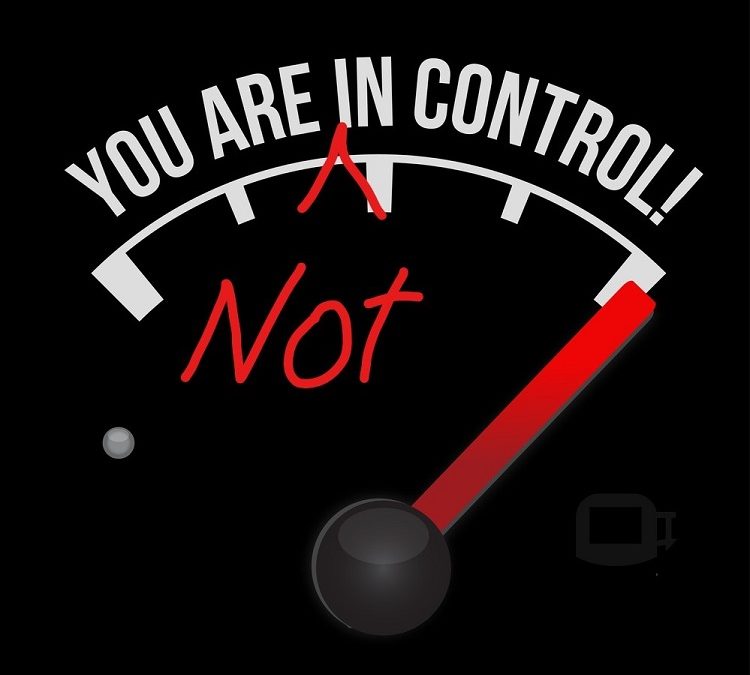An Historic Challenge
Each day hour the information changes.
Each press conference delivers conflicting perspectives on what’s real–exacerbated by 24-hour news coverage and analysis.
Each local, state or national stay at home order impacts our freedom and ability to operate.
Each of our people looks to us for answers when so much is unknown.
It’s no wonder business owners (as well as everyone else) feel more stress than ever before about what they can control, about their livelihood and the future. It’s an historic time of disruption, ambiguity and anxiety.
Do’s and Don’ts in A Time of High Anxiety
According to an Axios/Ipsos Poll of 1,092 adults in the US, 78% of men and 82% of women are either somewhat or extremely concerned about the Covid 19 outbreak. When you Google corona virus anxiety you get 1,060,000,000 results – over a billion in a millisecond. From the CDC, Fox News, Wired Magazine, to National Inst. of Mental Health and The Washington Post–all giving us advice on coping with the ambiguity and anxiety driven by the pandemic.
First, it is normal to feel anxious in these circumstances with so much unknown and changing day to day. It’s how we cope that will determine our success at weathering the times. Let me offer a few Do’s and Don’ts for business leaders (and the rest of us!)
Don’t:
- Isolate yourself from your people, your family, your peers and friends.
- Play the hero as if you must have all the answers and can personally tend to every aspect of the crisis or pretend you ‘have it all under control’. Confidence in your leadership comes from being authentic, human and vulnerable like everyone else.
- Make key decisions on hunches and hopes. Use data and the facts (see below.)
- Be a perfectionist – even if you believe that’s the one of your “keys to success” — not now.
- Hide, your people need to see you and have access whether working remotely or on furlough.
Do:
- Rely on facts and data and respected experts and advisers – for your health questions and business questions. What are the facts about your financials, your supply chain, government support, your people-options?
- Balance what you should do with what you should not or cannot do, i.e. trade-offs are necessary and clarifying priorities is essential. If 10 tasks feel critical, what 7 can realistically be done by week’s end?
- Stay connected and ask for help – from friends, your people, your advisors. Feelings of isolation lead to depression and immobilize action.
- Share what you know AND what you don’t know. Share the good, the bad and the ugly, but also share your aspirations for landing on the other side of this time—hope not false hope.
- Heed the words of Mr. Rogers: “If it can be mentioned, it can be managed.” Share your thinking and feelings and provide the space for others to share theirs. It’s part of being genuine and “in it together.” You will be amazed how tension and anxiety diminish.
Compassion Above All
It’s a roller coaster time with many ups and downs in news, events and, of course, our reactions. Have compassion, for others and for yourself: exercise or walk each day if only for 20 minutes; meditate or pray to calm yourself, and others will feel calmer; find ways to laugh – read the comics or watch a YouTube vignette, and find ways to laugh together! Enlarge your footprint for action as a company or as an individual, e.g. perform a good deed in service to a larger purpose or community.
This pandemic and economic disruption will subside because of a what we do as individuals as well as what our institutions do. And when we are through the worst, your people will remember your leadership. So your goal might be to do more than cope, but to seen as a strong, authentic, and compassionate leader, friend, family member—person.

